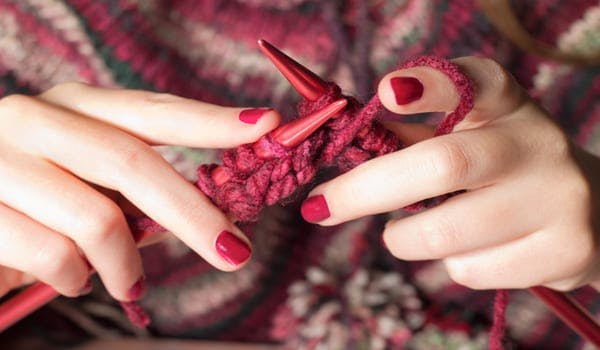Online marketplace for handmade goods, Etsy, announced changes to their seller guidelines today.
Key changes include allowing sellers to hire additional employees and work with outside manufacturers.
Australian Country Manager, Jason Chuck told Dynamic Business that the changes are the culmination of seller feedback, and clearing up lingering confusion over just ‘how’ handmade a product needs to be in order to be sold on the platform.
“Apart from chopping down your own tree, and that type of thing – people weren’t sure whether each component needed to be handmade, or whether you could buy specific pieces. Buttons for example make sense, but what about bigger pieces of a product?” Chuck said.
“In terms of where you draw the line, it’s a bit difficult, because for instance we have a lot of great designers on our site. Take t-shirts – a designer may silk-screen print them themselves, but they don’t actually make the t-shirt. For some of our sellers, that definition isn’t handmade, even though they handmade most of the process. So we’re just trying to clarify that sellers can use those sorts of manufactured components, but that they do need to have the authorship of the overall product,” Chuck said.
To clarify the extent to which a product must be handmade, Chuck pointed to three key pillars.
Authorship: the design comes from you, the seller, and that you’re actually responsible for the creation of the product.
Responsibility: that you really know how this item is being made. You’re looking after the customer experience and you still have a very close tie to the entire process.
Transparency: Etsy wants sellers to be fully transparent about what sort of help is being received. Whether or not it’s through internships or apprenticeships in your workplace, or if you are getting manufacturing assistance, the ‘who’ you’re getting that assistance from and where the manufacturer is located must be transparent.
If a product goes to the point of manufacturing for example, then this has to be approved by Etsy, and follow the guidelines of sustainability. “[Ultimately] we don’t say ‘you must use organic cotton’, but we do insist on transparency so that the buyer can make that final choice,” Chuck said.
In the new guidelines:
- Sellers can hire any help they need and collaborate from different locations.
- Sellers can use shipping or fulfillment services.
- Sellers can work with outside manufacturers to help produce their designs. In order to protect marketplace integrity, Etsy will require sellers to answer a few questions about why they chose those manufacturers and how they work together.
- All manufacturers and any shop members who help make items for sale on Etsy will be required to be listed on the seller’s ‘About’ page, to foster trust with buyers.
Chuck added that the changes were made in order to provide sellers with the opportunity to grow their businesses.
“The thing about Etsy is that it’s still about recognising artisan designers – people who actually are creating a product. The big difference between Etsy and [other marketplaces] is that it’s a no-go zone for any sort of reselling. You can’t just buy cheaper from abroad and sell that product – it has to be designed by you, and you’re bringing your own idea into the creation of this product,” he said.
It’s also a platform keen to move with the technological times, and Chuck said there is scope for sellers who may use 3D printing or laser cutting in bringing their ideas to life.

